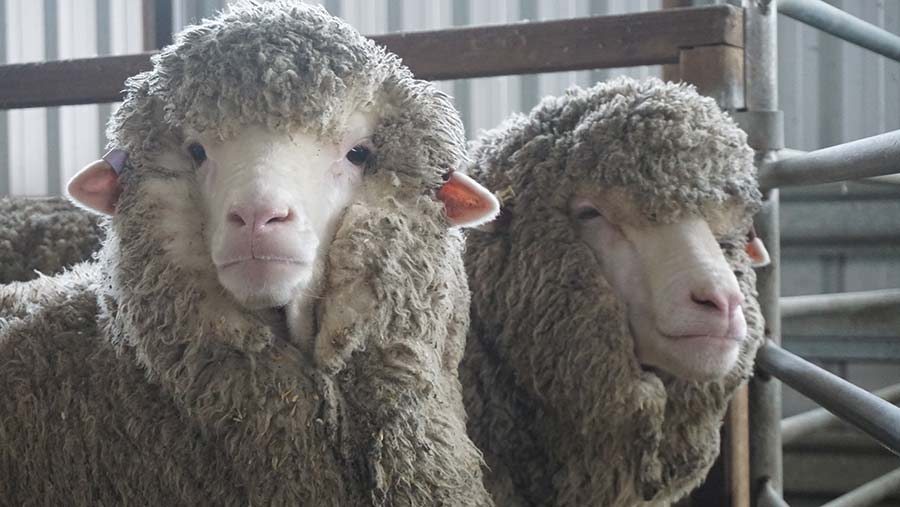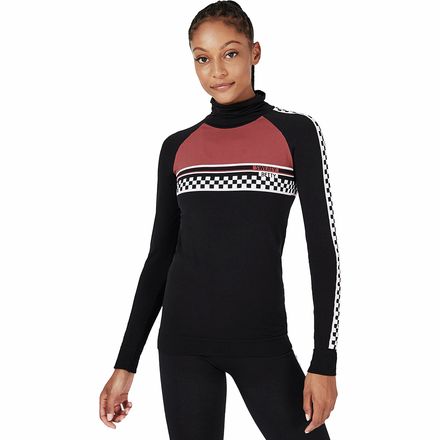Handy Facts For Deciding On Merino Wool Base Layers For Hiking
Wiki Article
How Do Merino Sheep Differ From Other Varieties Of Sheep
Merino sheep is different from other types. Merino sheep also have fine wool. Merino's wool is soft and more fine than other sheep breeds. Merino wool is valued for its warmth, versatility and ease of use.
Adaptability- Merino sheep are extremely capable of adapting to various environments and climates. They thrive in hot or cold climates and can withstand a wide range of temperatures.
Resilience: Merino sheep are known to be resilient and tough. They can endure harsh weather conditions and are resistant to common diseases of sheep.
Fertility - Merino sheep can produce many offspring in one year. They are fertile to the max.
Merino sheep have a unique way of grazing that allows maintain their health and well-being. They graze more carefully and in a controlled manner, which allows them to avoid overgrazing or toxic plants.
Breeding- Merino sheep can be selectively bred for the best wool. The result is an array of Merino sheep breeds, each with their particular characteristics and distinct characteristics.
In general, Merino sheep are highly prized for their fine wool, flexibility, and other unique characteristics. They are a significant source in the wool industry, and are highly sought-after by breeders and farmers around all over the world.

What Is The Basis Layer Of Heavyweight Merinowoo Wool Differ From Lightweight, Heavyweight, And Middleweight?
The fabric's warmth and thickness is what differentiates between light, medium weight, or heavyweight Merino wool base layers. Here's how the base layers differ. Lightweight Merino wool base layers are usually made from a thin and air-tight fabric that is perfect for warm to cool weather. This kind of base layer is perfect for intense activities in which you are likely to work up an sweat and require a fabric that can absorb moisture and keep your body cool. It can be used in colder temperatures as a base layer under other layers.
Midweight Merino Base layers made of wool consist of a more dense fabric, which offers more insulation and warmth than lightweight base layers. This base layer performs well in cool to cold conditions and is a good choice for activities with low to moderate sweat production.
Heavyweight Merino Wool base layers are made with the warmest and most luxurious fabric and are suitable for extreme cold conditions. This layer is perfect for any activity that is low in intensity and in which it isn't necessary to sweat for example, such as skiing or snowshoeing.
It is important to consider the weather conditions and the intensity of the activity prior to choosing the right Merino wool baselayer for you. A lightweight base layer works best for activities of high-intensity in cool or mild conditions. While a heavier base layer is suitable to perform activities that are cool or cold, and with a moderate to low intensity, it's ideal for those that require intense levels of activity. For very cold conditions and activities with low intensity, a heavyweight base layer is the best choice. Be aware that you are able to layer up or down depending on the weather conditions, therefore it is best to select a base layer that is slightly light rather than heavy. Consider the fit of your base layer, and ensure that it's comfortable and gives you a to move freely. Go explore koraoutdoor.com for ski pants for site tips.

Why Are The Merino Wool And Himalayan Wool Used Together To Make An Ideal Base Layer To Ski?
Merino wool and Himalayan yak yarn can be combined to make an ideal base layer ideal for skiing. Merino wool is known for its superior control of temperature, moisture-wicking capabilities, and softness, while Himalayan Yak Wool is famous for its warmth and durability. Combining these two types of fibers results in an outer layer that is comfortable, warm, and moisture-managed. It's ideal for skiers. Merino wool regulates body temperature and wicks away moisture from the skin, keeping you dry and comfortable. The addition of yak wool which provides warmth in winter, is an additional layer to insulation. The combination of Merino and Yak wool is strong and resistant to wear, making it a fantastic choice for the base layer of sports like skiing. Merino and Himalayan Yak wool are combined to form a base layer that provides warmth and moisture management, as well as breathability. This makes it a great choice for skiing and other activities that require cold weather. Go find best mid layer for hiking for website advice.

Merino And Himalayan Himalayan Yak Wool Are Superior To Cotton Polyester, Nylon, Fleece, And Other Alternatives To Skiwear.
Merino wool, Himalayan Yak wool, and nylon are better than fleece, cotton, nylon, and polyester for ski clothes. Warmth- Merino Wool and Himalayan Yak wool are great insulations and can ensure you stay warm in the coldest temperatures. Merino wool as well as Himalayan Yak wool are superior insulation. This is contrasted with cotton, nylon and polyester that are too lightweight.
Moisture management- Merino wool as well as Himalayan yarn are both highly efficient at managing moisture so they'll keep you comfortable and dry while you're skiing. Both wools are naturally moisturizing. This means that they absorb moisture and then transfer it to outside layers of the fabric. This contrasts with cotton which absorbs moisture and becomes heavy when moist.
Breathability - Merino wool, Himalayan yak wool, and other wools are extremely air-tight. This allows air to flow through the fabric and aids in controlling body temperature. This is especially important for ski clothes since it allows you to be comfortable when you're skiing. However the materials like fleece, nylon, and polyester aren't as breathable and hold in heat and water which can make you feel uncomfortable and uncomfortable.
Comfortand Comfort Merino and Himalayan wools are soft and comfortable and can be worn close to the skin. They can also move in tandem with your body, which allows the full range of motion. While fleece, nylon, polyester and nylon can be uncomfortable and limit your range but they also can cause discomfort and chafing.
SustainabilitySustainable - Merino wool, Himalayan yak wool and other natural fibers are eco-friendly and biodegradable. They are more sustainable than synthetic materials such nylon and polyester that are composed of non-renewable materials, and take longer to degrade.
Merino wool is superior to nylon, polyester and nylon ski clothing. They are warm and breathable, as well as moisture-wicking. They are durable, and comfortable, making them an ideal choice for those looking to remain comfortable and safe while skiing.